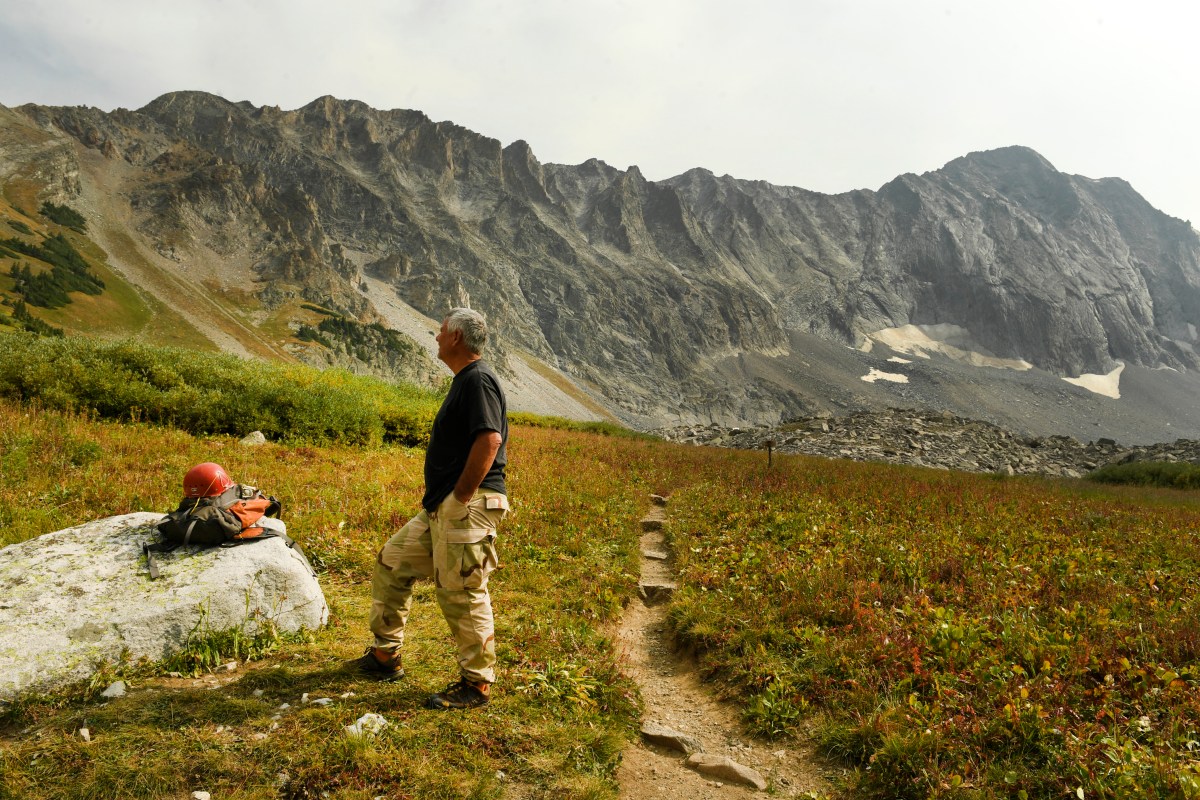Capitol Peak, a soaring mass of granite 14,130 feet tall near Aspen in Colorado, is considered the hardest climb in the state, which is saying something, since Colorado is home to seven peaks over 14,000 feet. Capitol Peak is so challenging that the U.S. Forest Service posted a sign near the trailhead that warns climbers about “down-sloping, loose, rotten, and unstable rock” that “kills without warning,” according to The Atlantic.
Colorado’s Fourteeners offer an alluring mix of adventure and accessibility because many of the hikes are relatively easy. In 2016, an estimated 311,000 hikers attempted to summit one of them, according to a survey from the Colorado Fourteeners Initiative. Just a few decades ago, only very seasoned climbers would try to climb Capitol Peak, which involves difficult rock scrambling and includes the kind of terrain where even a simple mistake could be deadly. But the Internet opened up a world of free online guidebooks filled with route descriptions, and social media has fueled a new appetite for outdoor excitement. The consequences of this are clear—and deadly: more people than ever are tackling the highest peaks, and as a result, more search and rescue teams are responding to more calls. Five people have died in six weeks on Capitol Peak alone.
Thanks for reading InsideHook. Sign up for our daily newsletter and be in the know.


















